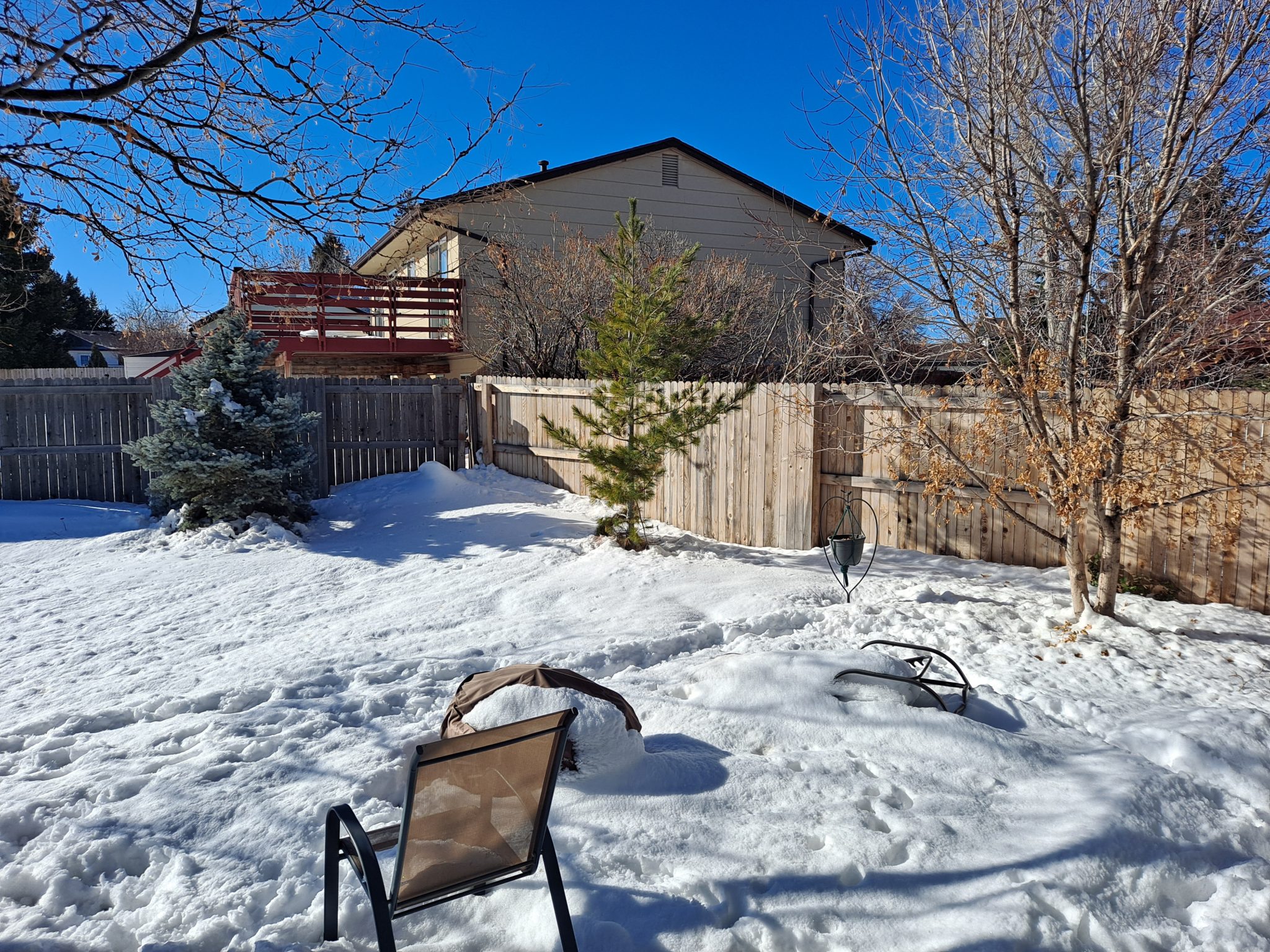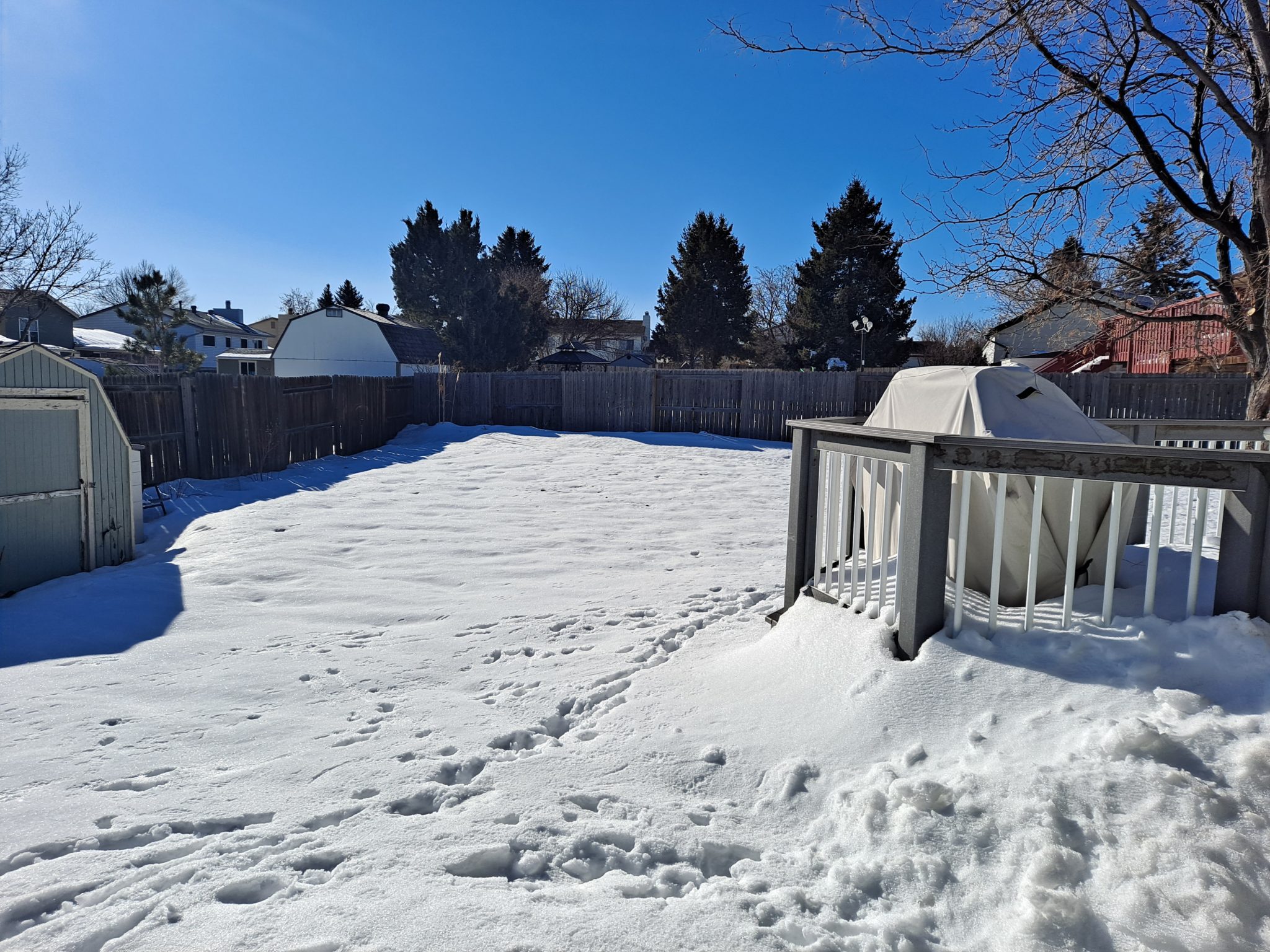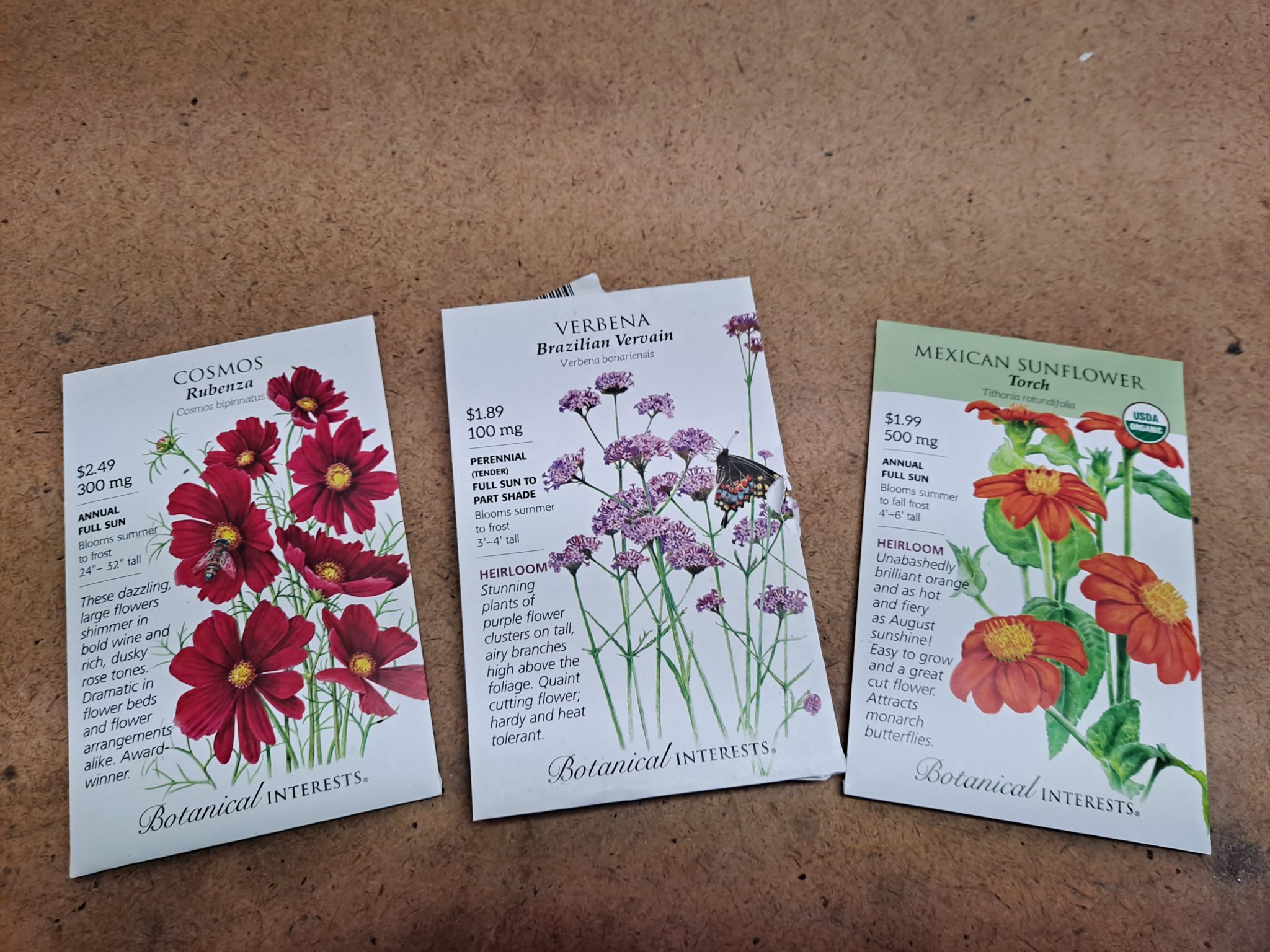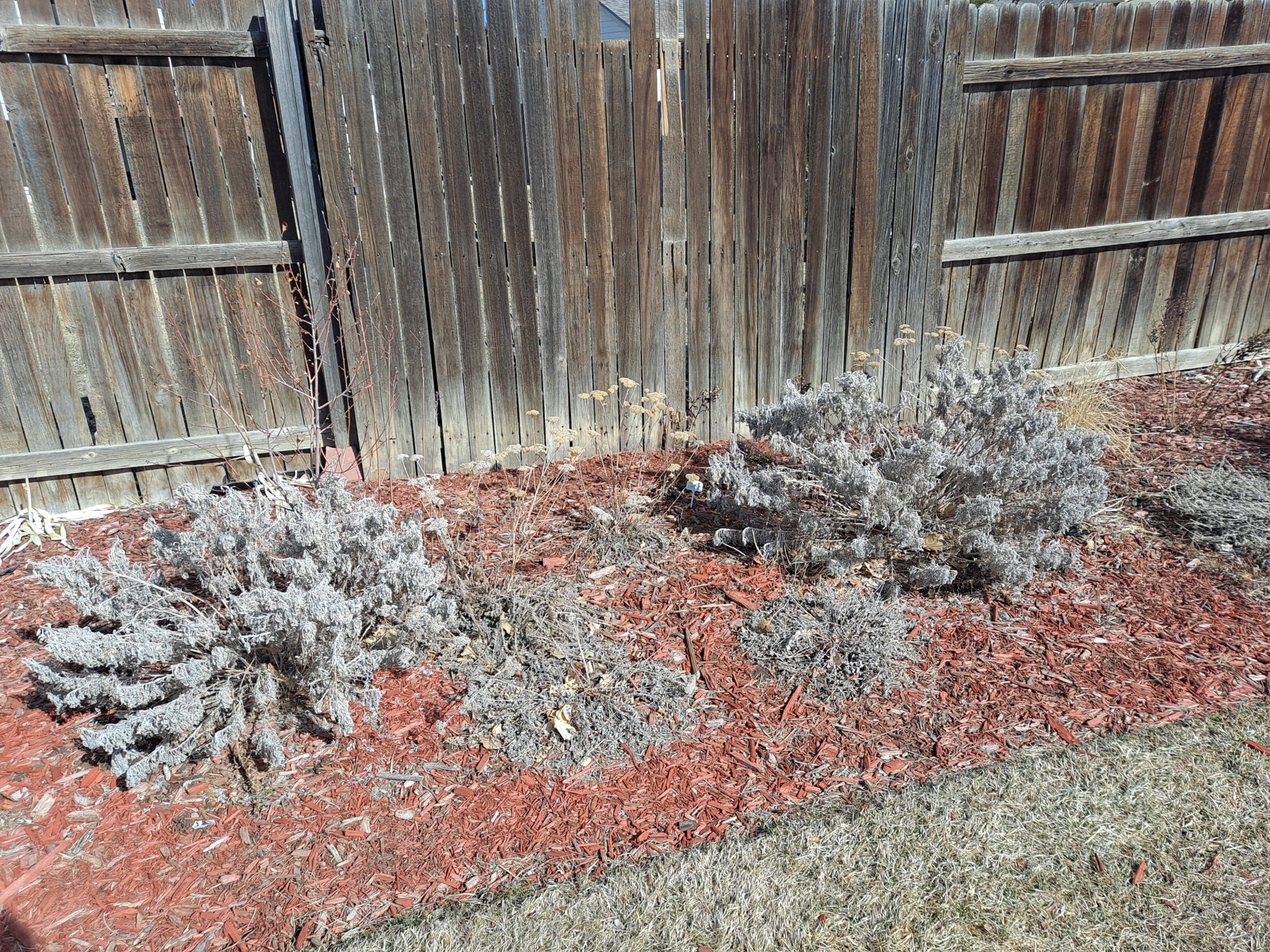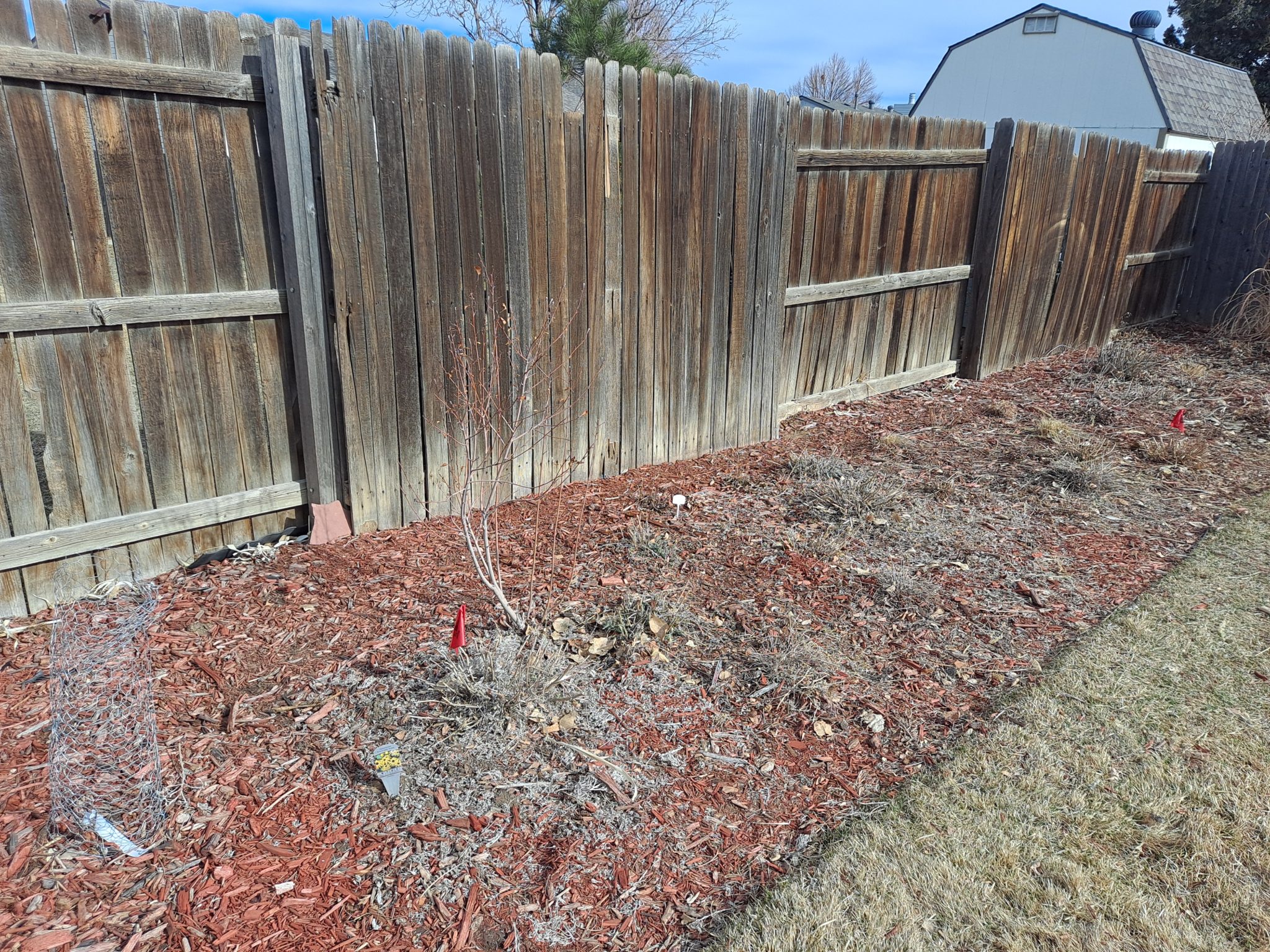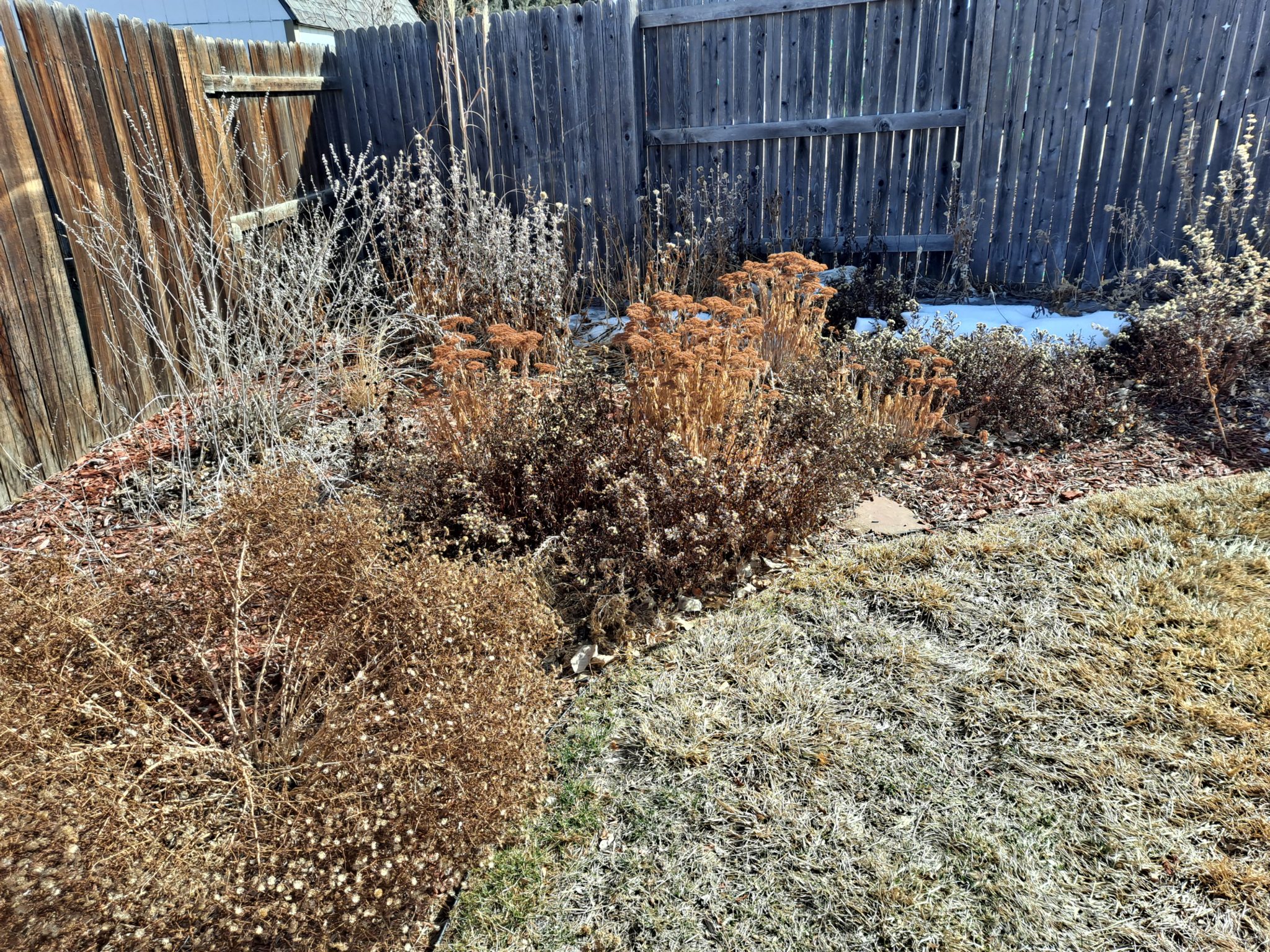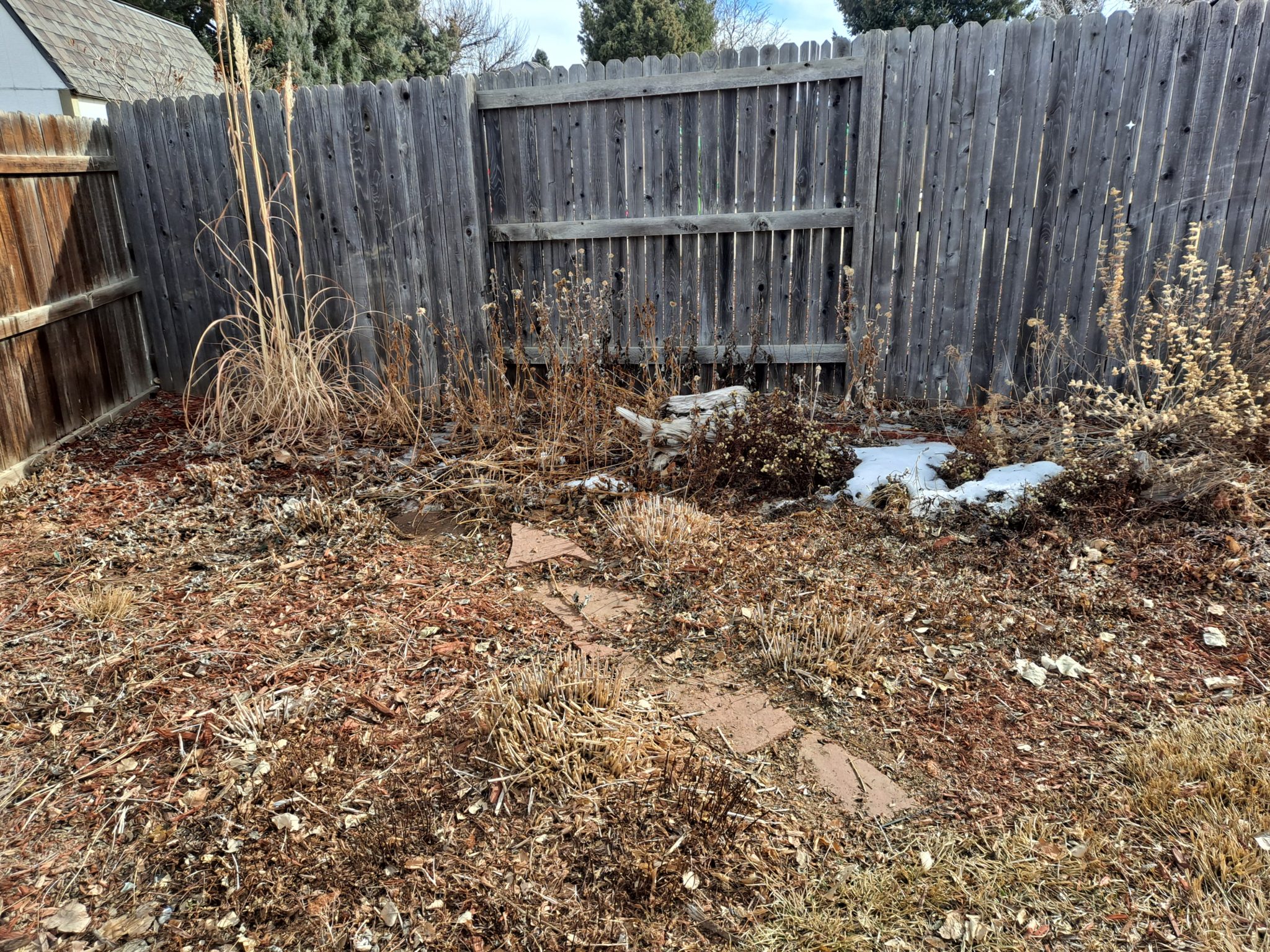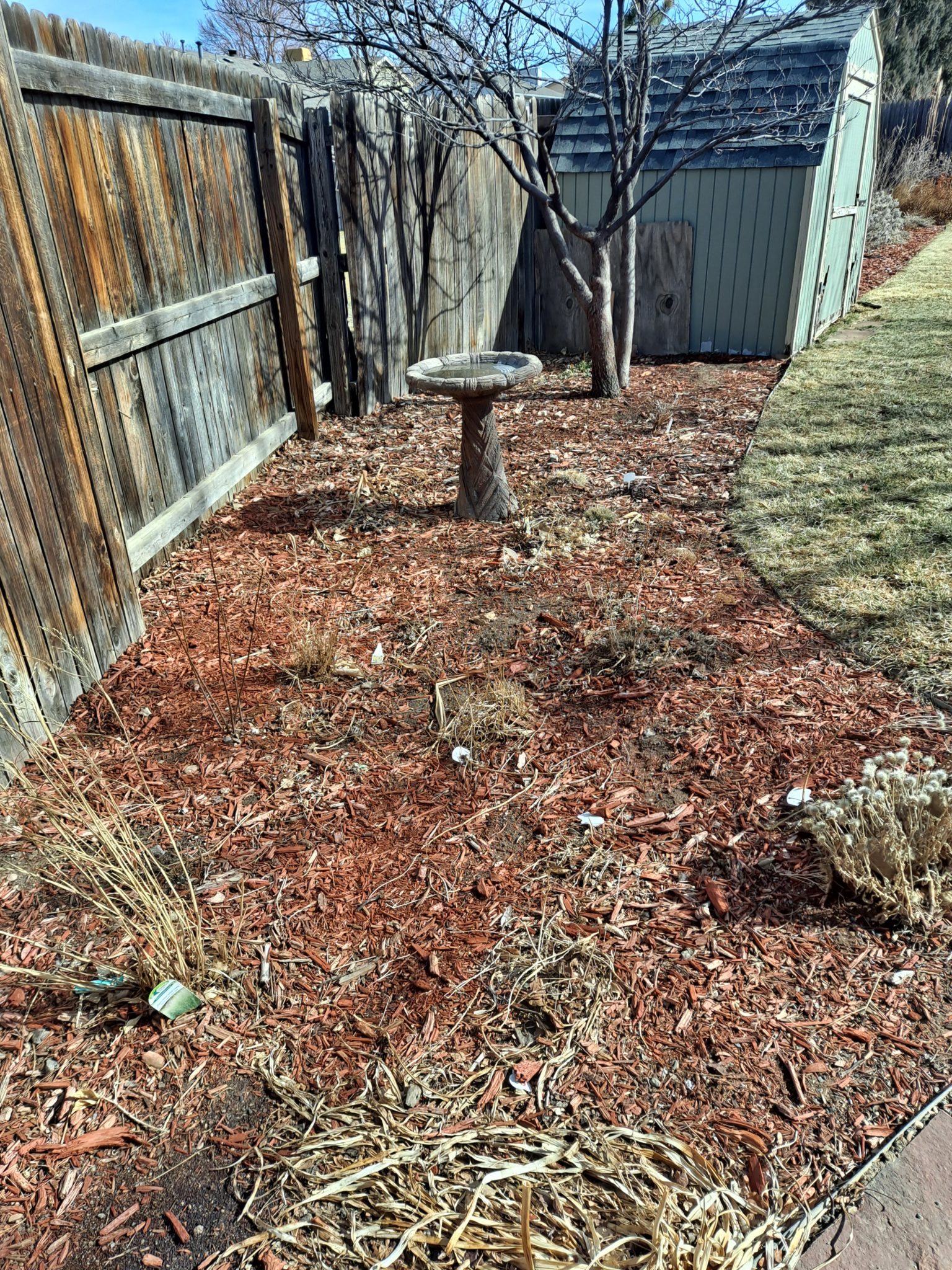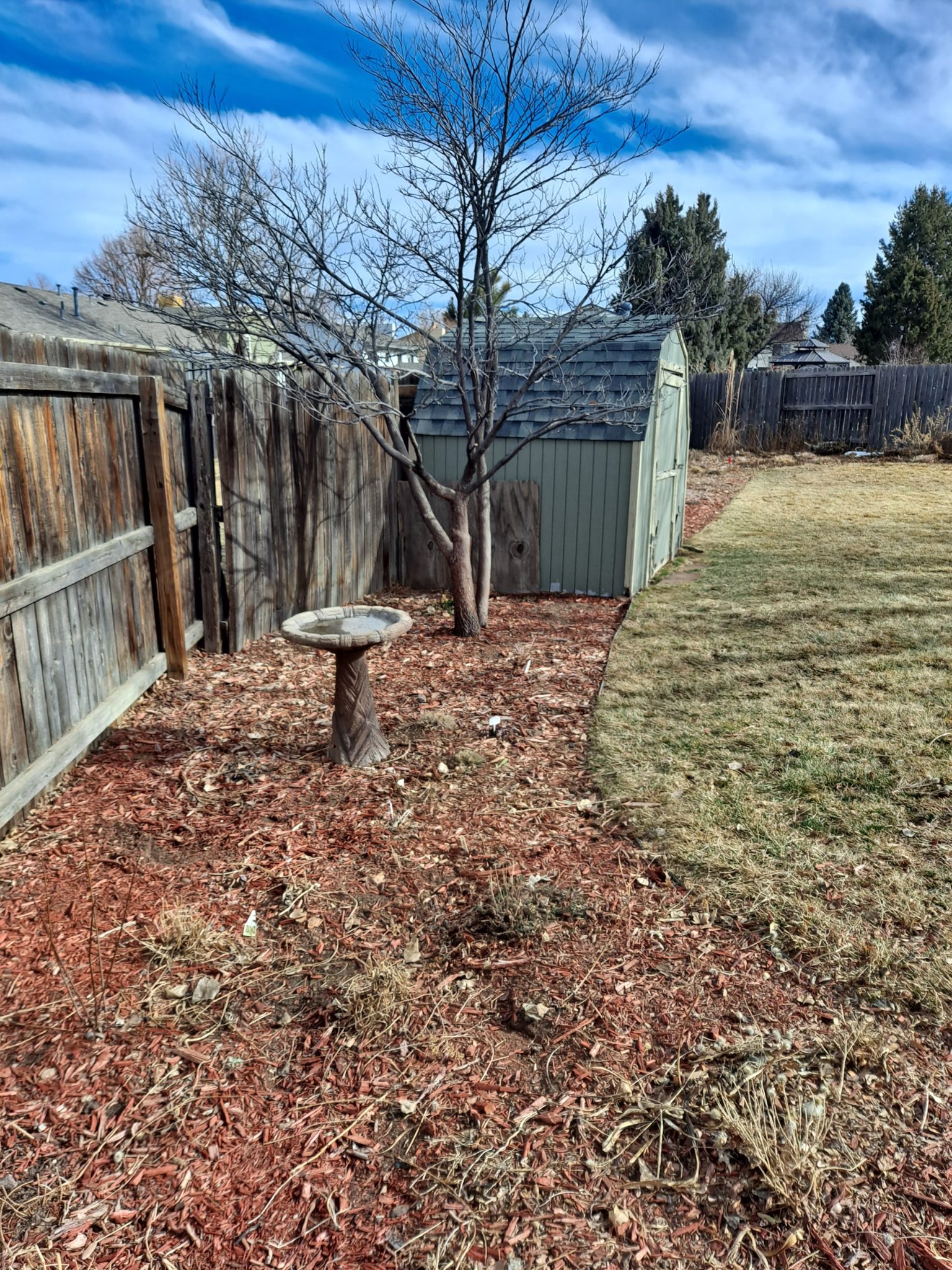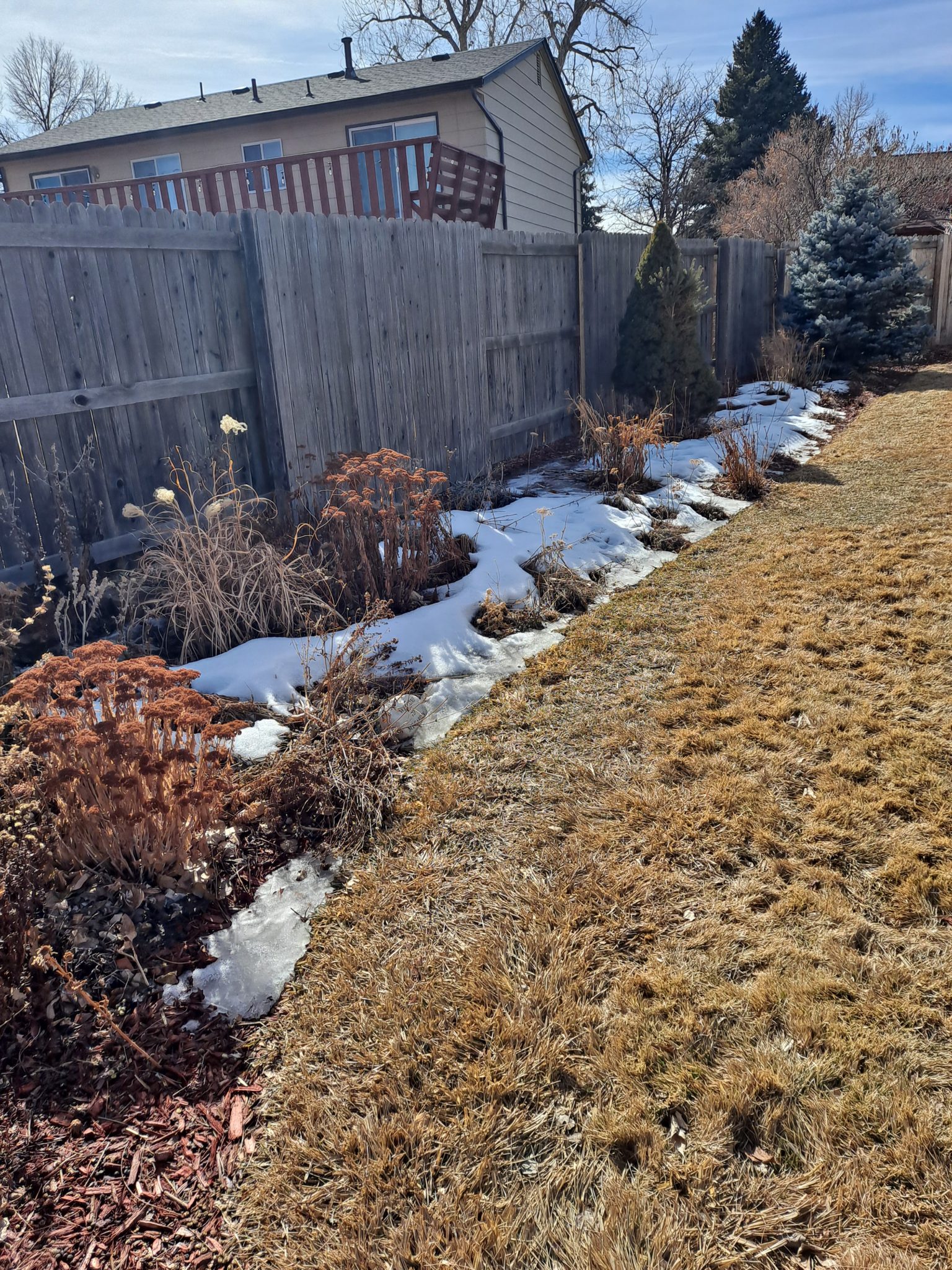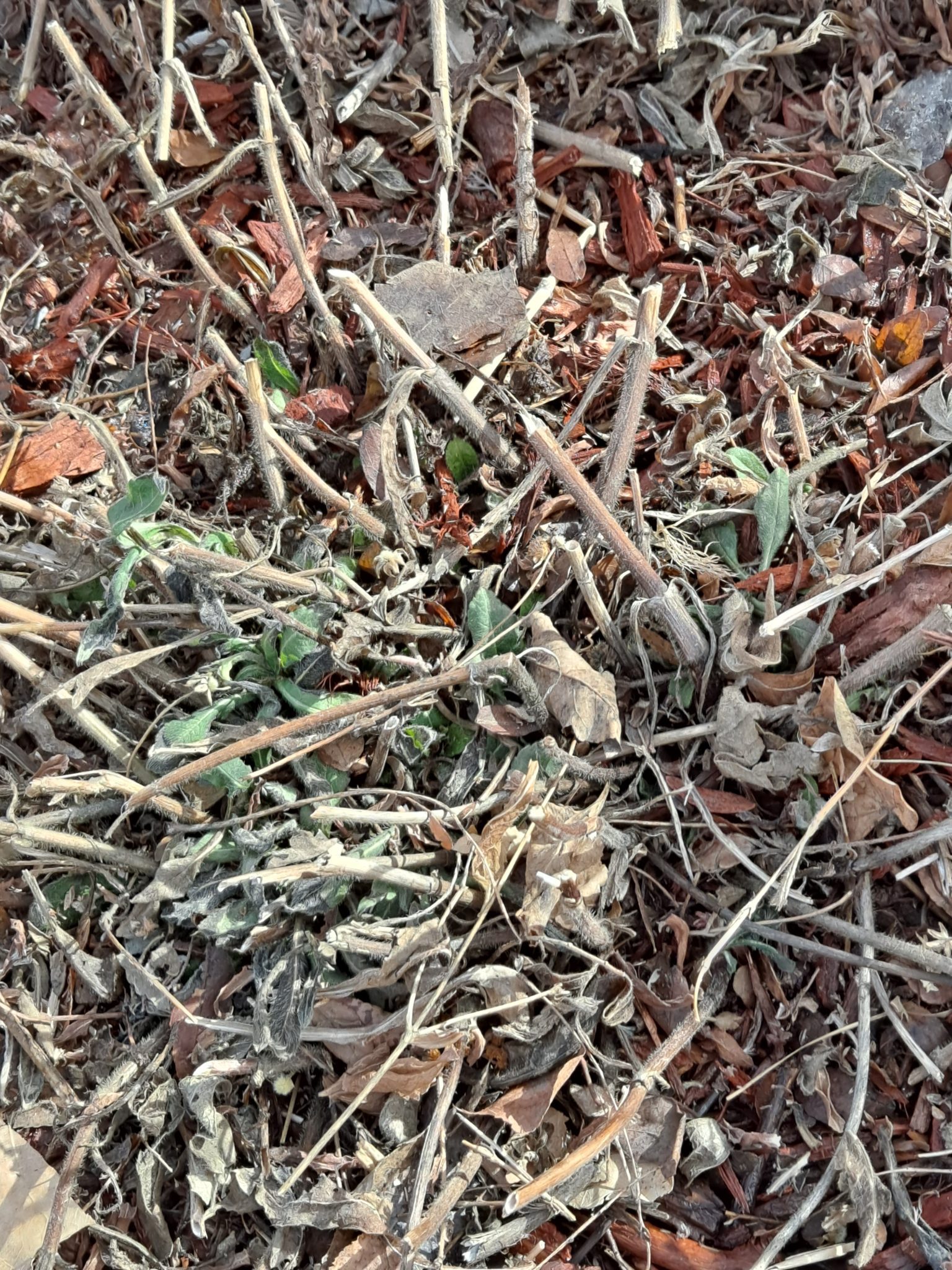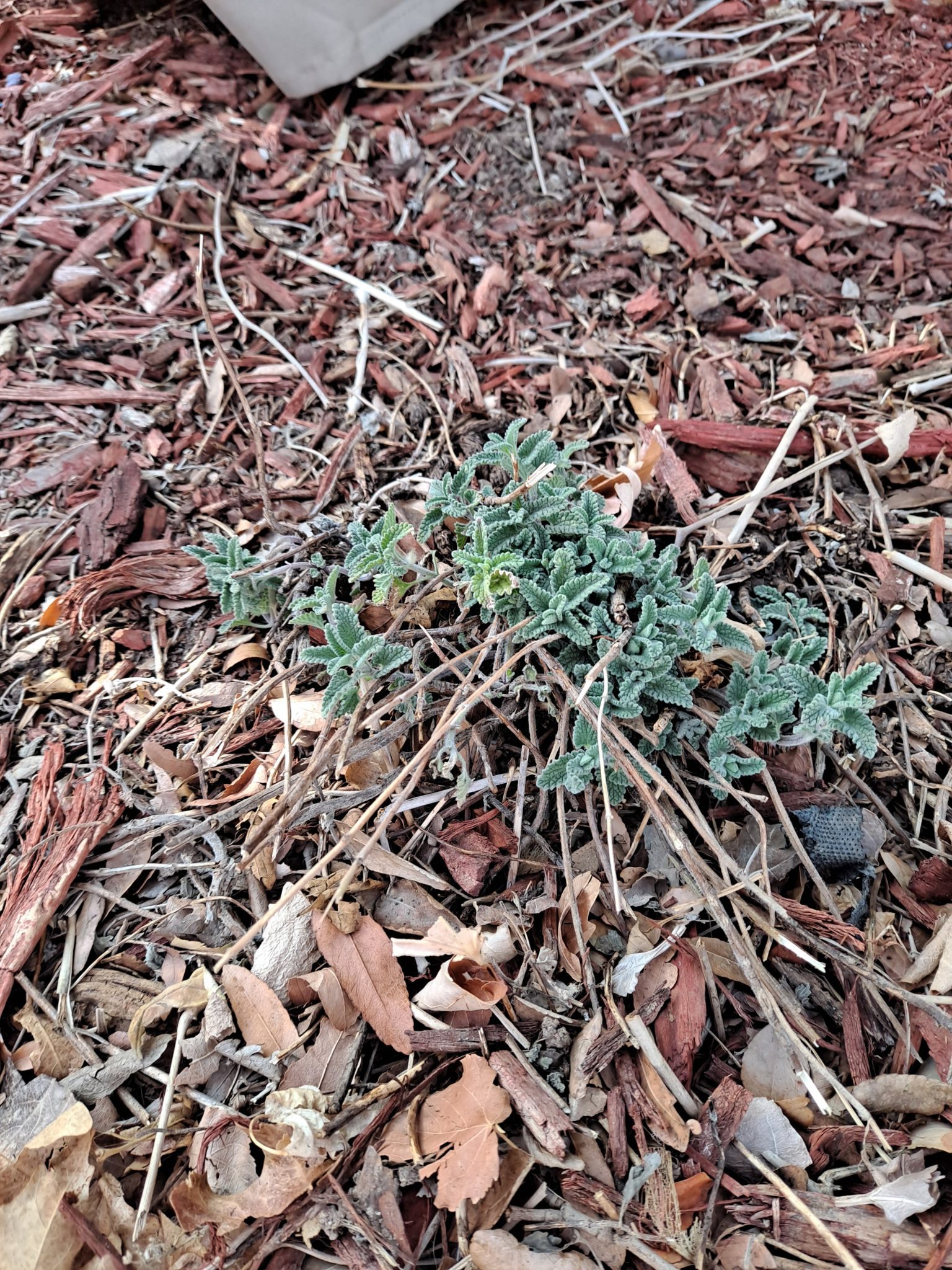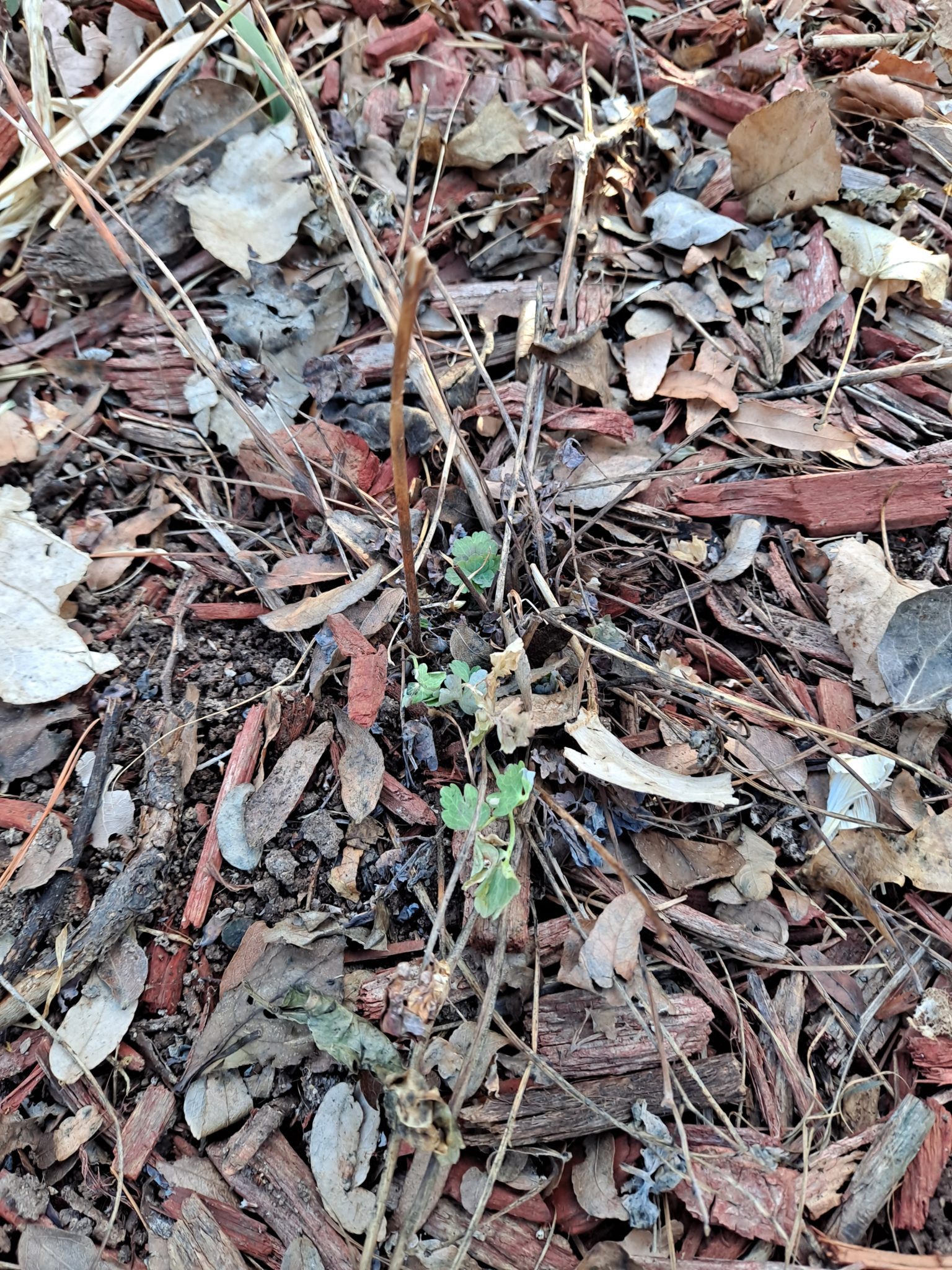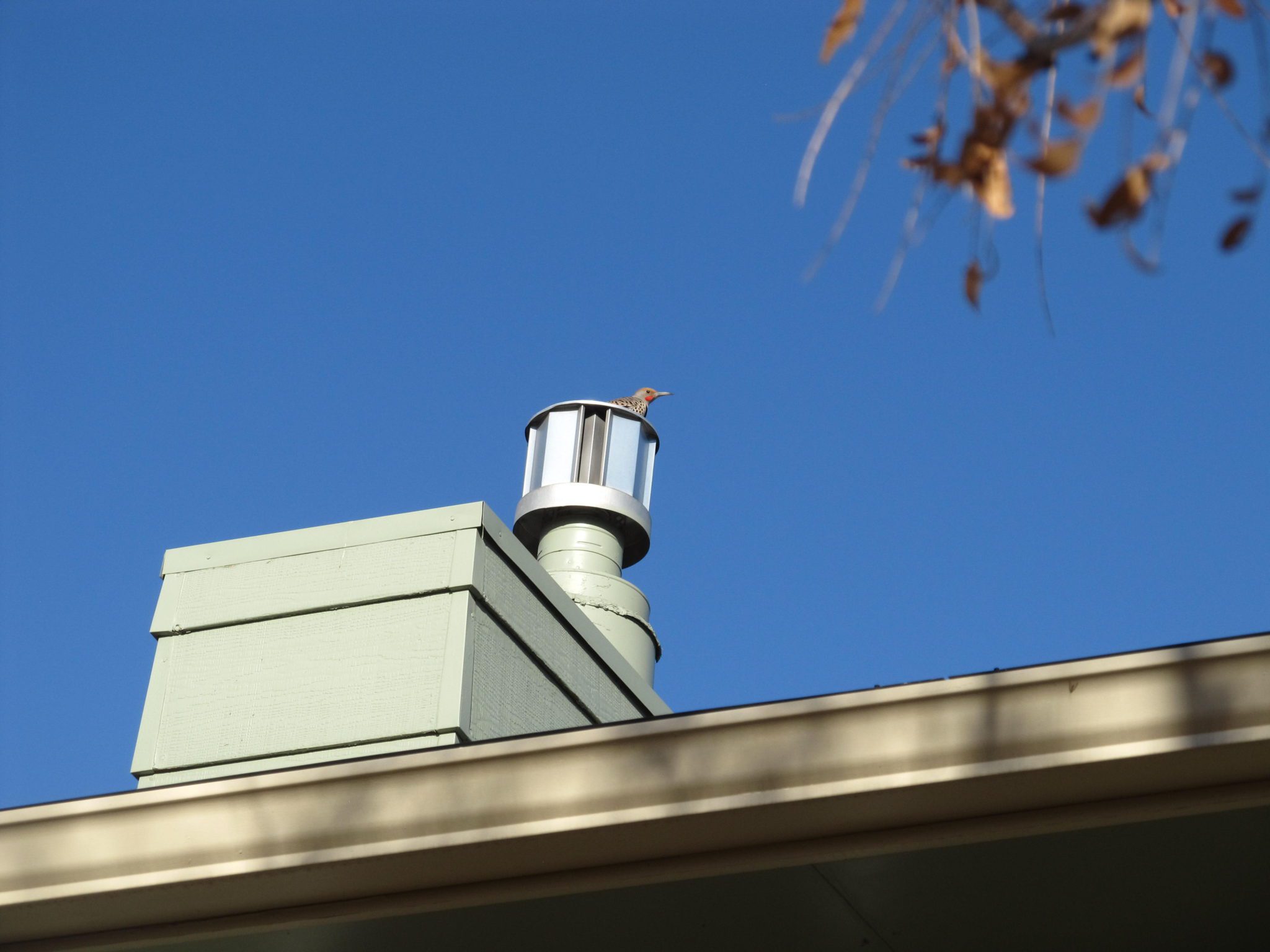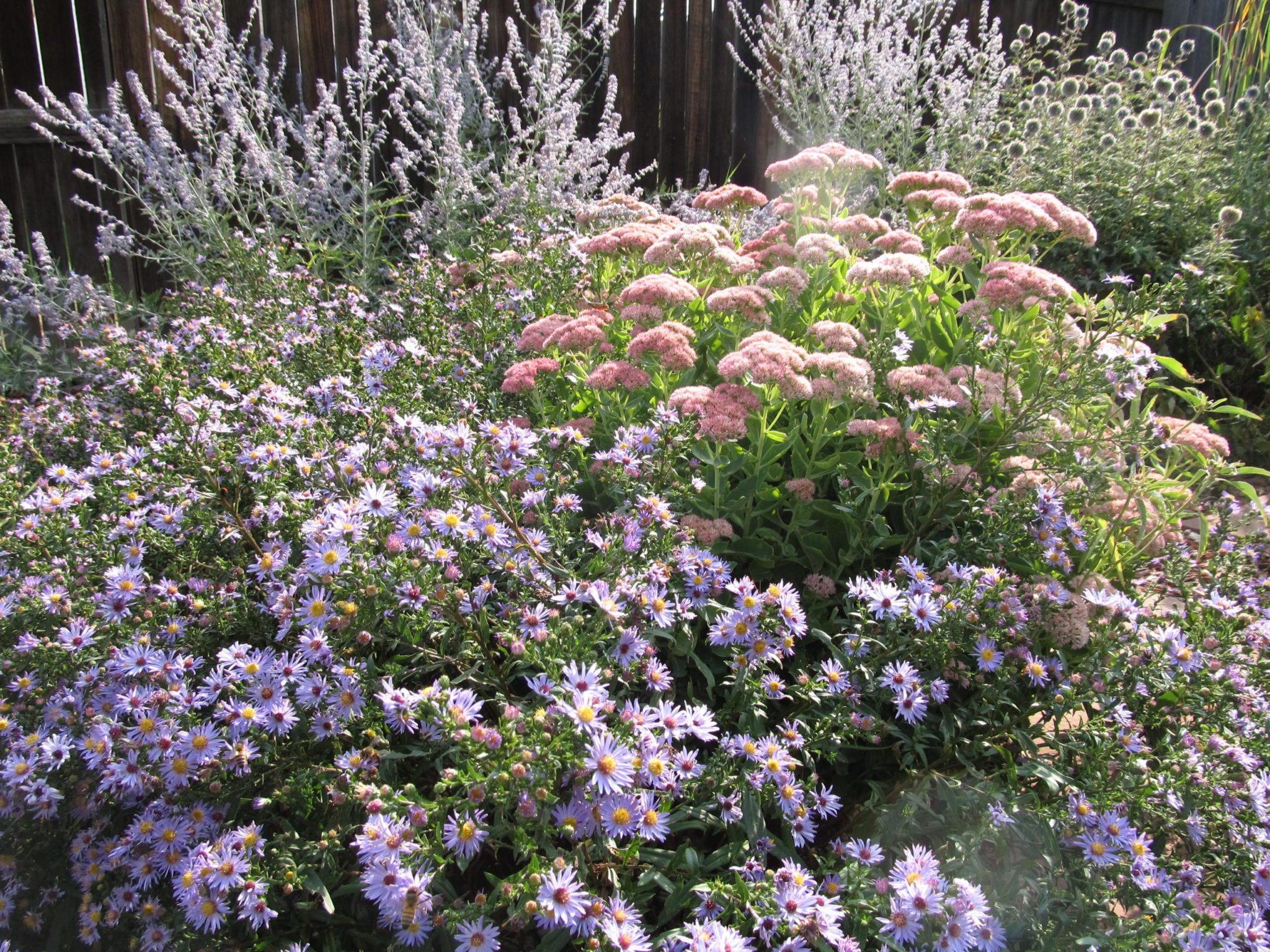
You’re probably thinking: MrVintageMan, why are you talking about autumn now? Spring has just arrived! Well, that’s the point: to create a autumn tableau in your garden, you need to start working on it now. When spring arrives, most gardeners are desperate for some color after a long and dreary winter. So they stock up on spring bloomers at their local nurseries and big-box stores. And since that is what sells, that is what these stores keep in stock.
If you wait until August or September to start thinking about an autumn garden, your plant purchasing options will be limited to a few varieties asters and mums. And those mums they sell at your local nursery or big-box store will probably not establish in time to survive the winter. (Interestingly, autumn is the perfect time to select and plant trees and shrubs for autumn color. I’ll get to that in the third post of the series).
While my local nurseries have a decent selection of autumnal plants available, I have found that online nurseries provide a much larger variety. And the plants they do offer seem to have quite a bit more pizazz than what I can pick up locally.
However, you do not need to go out of you way to find autumn plants. Some of the asters in my yard came from my local grocer or from the plant section at Walmart, and they have performed admirably for over 10 years. It’s just that their blooms are not quite impressive as the ones you get from more specialized sources.
This post is focused on why I started focusing on creating late season borders in my landscape. LOTS of exposition. In Part 2, I will showcase a few of the autumn blooming plants that have performed well in my yard and neighborhood. Finally, in Part 3 will go over the pros and cons of planting trees and shrubs for a fall foliage show, and show some of the trees and shrubs that provide autumn color in my landscape.
Back in the day
When I began developing my garden, I had a few “must haves” in mind. One of those must haves was to have a garden with more than one season of interest, as opposed to the ornamental gardens of my parent’s generation. Back in the 60s and 70s, the gardening palette of my parents and my friends parents was, to be blunt, pretty limited. Gardens back then seemed to be pretty much limited to roses, junipers and turf.
Oh, there might be some supplemental plants thrown in here and there. My mom had several narrow borders along the fenceline chock full of irises. These little borders looked amazing in May, and boring as hell the rest of the summer.
I think one my friend’s parents grew a few peonies in their back yard. I recall that another friend’s parents had a honeysuckle vine twinning around a pillar on their back porch. As kids we used to pluck the blooms off the vine so we could sip the tiny bit of nectar that they provided.
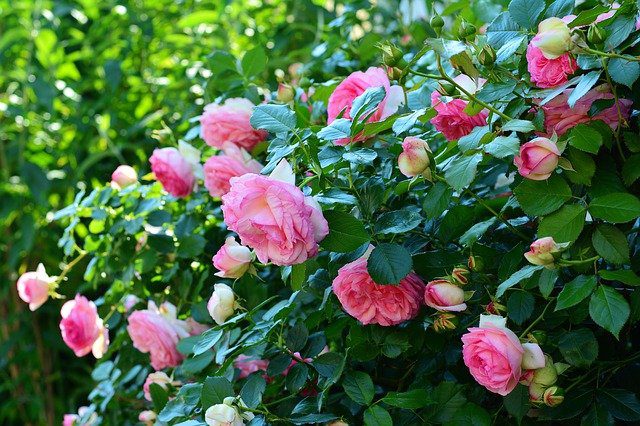
Image by congerdesign from Pixabay
I’m not trying to come off as smug or condescending. First off, there is absolutely nothing wrong with a garden composed of nothing but roses and lawn If done right it can look downright fantastic. But to look good they have to be well maintained and manicured. So if you are into roses and turf, and you want a simple (but not easy) garden and are willing to put in the work, then this is the garden for you.
Plus, it’s not like my parents generation had a lot of plants to choose from. Out here in the West, xeriscaping didn’t even become a thing until the late 80s. Even into the 90s, when I myself began to garden, there still weren’t a lot of options at the local nurseries for plants that thrive in the dry and hot conditions that we have here in Colorado. They were only just beginning to expand their plant selection. Back then, to get some of the plants I grow today, I had to special order from mail-order nurseries like High Country Gardens and Prairie Moon Nursery.
Finally, I just want to be clear that I was not one of those people who was passionate about gardening even as a child. No sirree, my youthful years were spent hanging with my friends, football, reading, not doing my homework, comic books and just plain goofing off. My interest in gardening started and ending with eating homegrown tomatoes. So my observations from that time might just be a bit skewed over the intervening decades.
In other words, my memories might not be entirely reliable.
Youthful observations
With that being said, I’m going to go reach into my memory vault to do a little backstory on how and why I ended up putting such an emphasis on autumn gardening. Bear with me a little bit.
For you see, just because I wasn’t into gardening as a youngster doesn’t mean I wasn’t doing gardening. When I was 5 or 6 years old, my Mom would send me out into the yard with a long screwdriver to dig dandelions out of the lawn. (I now strongly suspect that she didn’t really care how many weeds I was able to dig out; she just wanted me out from underfoot).
A few years later I was given the additional task of trimming the edge of the lawn after my Dad got done mowing it. And not with a modern day weedwhacker! Those contraptions were still just ideas floating around the inventors’ mind. No, this job required me to crawl on my hands and knees along the perimeter of the lawn with an old, cheap pair of dull-bladed grass sheers. God, how I hated that job!
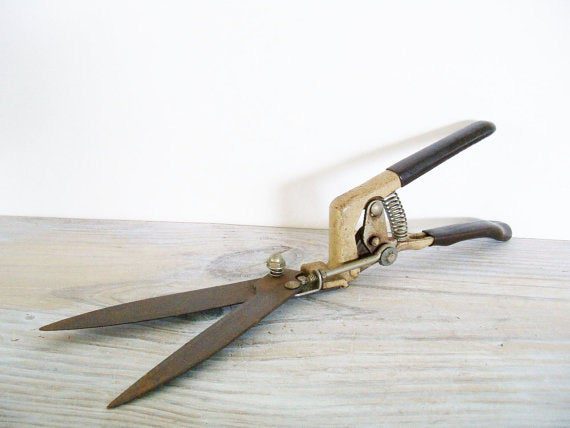
Eventually I graduated to being the primary lawnmower and lawn trimmer (by this time we thankfully had a weedwhacker). Other duties assigned included helping my Dad rake thatch out of the lawn in spring and raking up leaves in the fall; turning over the veggie beds in preparation for planting; and going on tomato hornworm hunt-and-kill missions with my Mom.
Mostly spring and summer gardens
So while gardening may not have been a passion, I was dimly aware of what was going on in the garden. And even as a young ne’er-do-well I noticed, that for all the work my folks put into their ornamental garden, the show was pretty much was finished by July.
That’s because the only plants that were available back then were pretty much limited to spring and early summer bloomers. Unless they happened to grow roses that put out more flowers when they were deadheaded (not all do), or they grew roses that bloomed later in the season, the gardens of my parents generation only provided a display for a few weeks.
(When we moved into the house that I grew up in, there was already a sprawling rose in the back corner of the backyard. This rose was a beast that needed to be trimmed back hard every year lest it devour the whole yard. I don’t think my Mom was very fond of this rose, but I suspect she kept it because it would would it explode with beautiful yellow blooms in mid-August).
When autumn finally arrived
However, even back then I was fully aware that things really began hopping again once autumn arrived. That’s because all the trees in town would seemingly catch fire overnight in colors of yellow, red and purple. Buckeyes, honey-locusts, elms (before Dutch elm disease destroyed them all), maples and more would briefly make every yard in the neighborhood look positively grand.
Budding gardener
So when the gardening bug finally struck me, I determined that my own garden would look interesting for the entire growing season. I did my homework by hitting the books, devoutly watching tv shows such as Gardening by the Yard and Victory Garden, and scouring the internet to find out all I could on ways to make the gardening season last as long as possible.
One of the books that had the most profound impact on me as a gardener was is Allen Lacy’s “The Garden in Autumn”. This book was the one that really opened up to me way in which I make an autumn garden a reality.
It was a game changer.
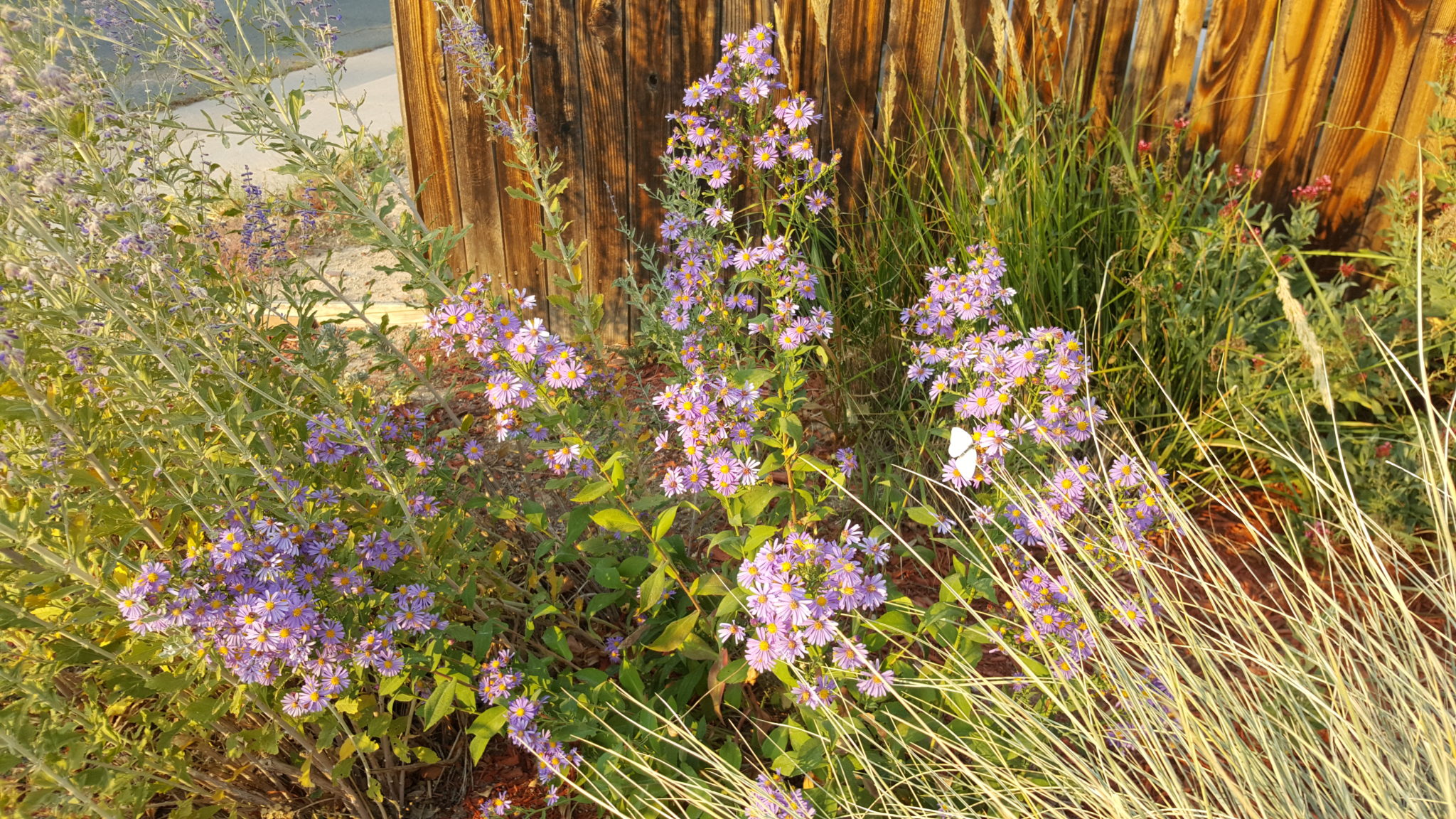
Next: Part 2 – autumn blooms

